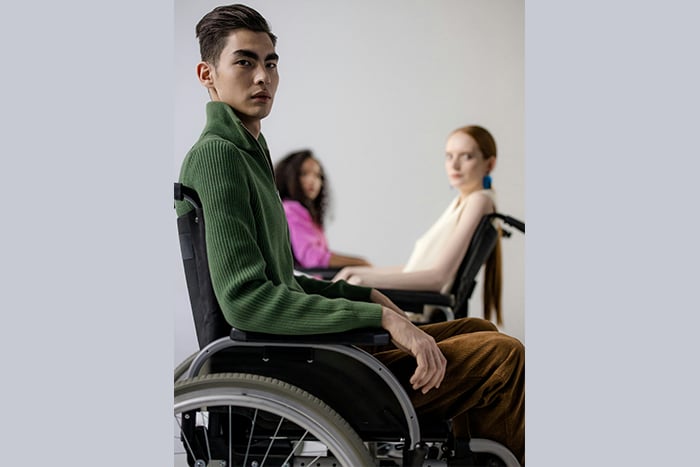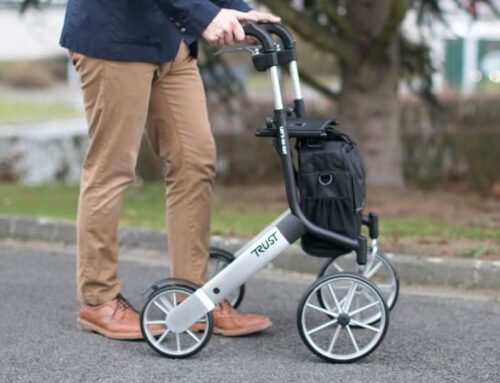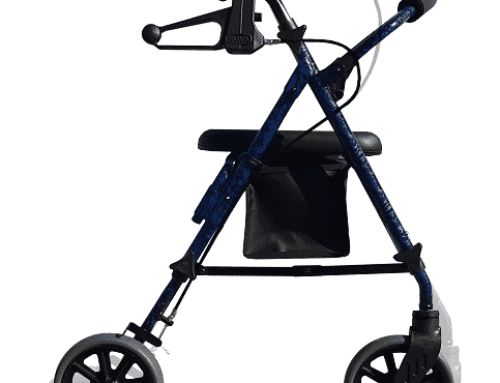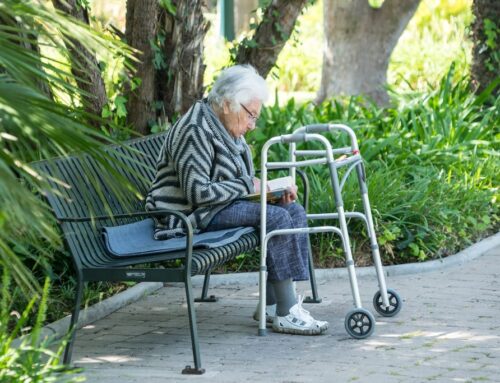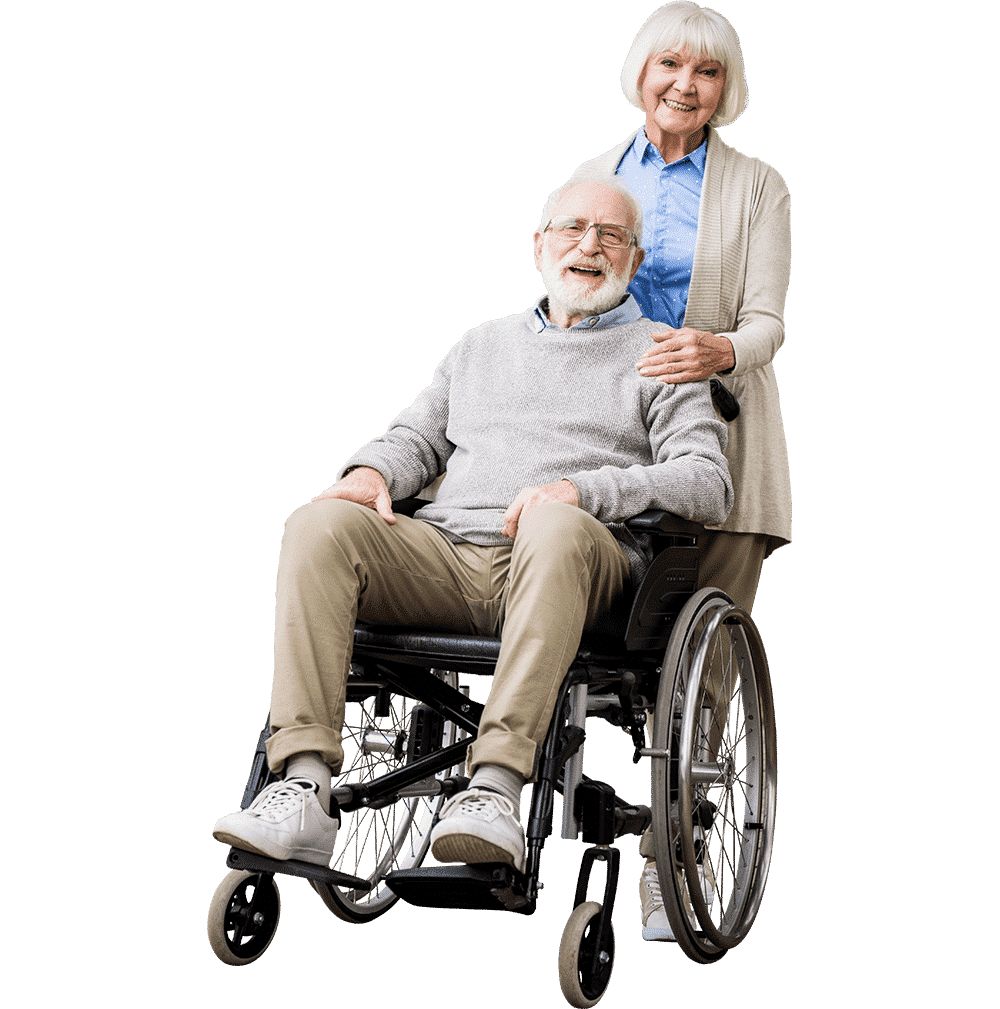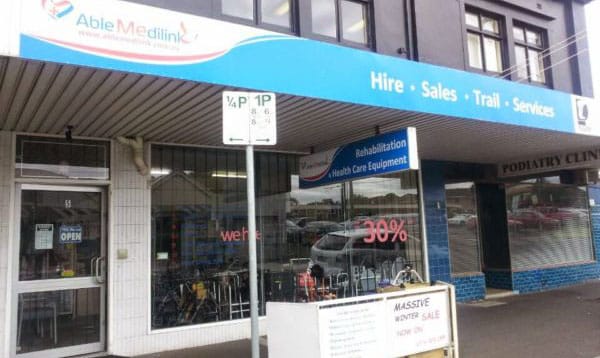Facing mobility issues can be a daunting journey, filled with uncertainties and challenges. However, it’s crucial to remember that high-quality mobility solutions are more accessible than you think. With advancements in medical technology and support systems, individuals facing mobility challenges have a range of options to regain independence and improve their quality of life. This comprehensive guide delves into the causes of limited mobility, treatment approaches, the vital role of mobility aids, financial assistance available, and empowering resources to navigate this journey.
Understanding the Causes of Limited Mobility
Limited mobility can stem from a variety of causes, including injuries like ankle sprains, chronic conditions such as arthritis, or neurological disorders. Each cause affects individuals differently, making personalized treatment and mobility solutions essential. For example, ankle sprains might require temporary aids like moon boots or crutches, while long-term conditions could necessitate more permanent solutions such as power chairs or mobility scooters.

Key Factors Leading to Mobility Issues:
- Ankle Sprains: These injuries often require the support of moon boots or crutches for proper healing and enhanced mobility during the recovery period.
- Arthritis: A chronic condition that causes inflammation in the joints, leading to pain and stiffness. It can significantly limit mobility, making daily living aids essential for maintaining independence and quality of life.
- Neurological Disorders: Conditions like Parkinson’s disease or multiple sclerosis can impair movement and coordination. Individuals affected may require a variety of wheelchair options or mobility aids to assist with daily activities and enhance their mobility.
- Muscular Dystrophy: This progressive genetic disorder results in muscle weakness and loss of muscle mass over time, impacting mobility and physical strength. Individuals with muscular dystrophy may benefit from using mobility aids to support their movement and independence.
- Stroke: A stroke can cause paralysis or loss of muscle control on one side of the body, affecting mobility and coordination. Patients recovering from a stroke often need a range of assistive devices such as crutches or mobility scooters to aid in their rehabilitation and daily activities.
- Age-Related Degeneration: With aging, natural wear and tear on the body can lead to reduced mobility and strength. Lift chairs, walkers, or rollators can provide support and assistance for older adults to maintain their independence and mobility.
- Injuries from Accidents: Severe accidents like spinal cord injuries can result in mobility impairments. Individuals with such injuries may rely on manual wheelchairs or power chairs to move around and engage in daily tasks, ensuring they can lead fulfilling lives despite their physical challenges.
Regaining Mobility: Treatment Approaches
Treatment for mobility issues is as varied as the causes, ranging from physical therapy for ankle sprains to surgical interventions for more severe conditions. An essential aspect of treatment is the use of mobility aids, which can significantly improve quality of life. Attendant propelled wheelchairs, for example, offer mobility to those who may not have the strength to propel themselves, while forearm and elbow crutches provide support for those recovering from injuries or surgery.
Effective Mobility Aids Include:
- Power Chairs: These innovative chairs offer a high level of independence to individuals with limited mobility, empowering them to move around with ease and freedom.
- Forearm Crutches: Perfect for those in need of extra support after an injury or surgery, these crutches provide stability and aid in the recovery process.
- Manual Wheelchairs: Providing mobility for users, these wheelchairs can be self-propelled or pushed by an attendant, offering flexibility and convenience.
- Attendant Propelled Wheelchairs: Designed for individuals requiring assistance with mobility, these wheelchairs allow for a caregiver to provide support and help navigate.
- Mobility Scooters: Enhancing outdoor mobility, these scooters are ideal for individuals who can sit upright but face challenges walking long distances, enabling them to enjoy the outdoors comfortably.
- Elbow Crutches: Offering increased arm support compared to standard crutches, these crutches are beneficial for individuals needing extra stability and assistance.
Living Independently with Mobility Aids
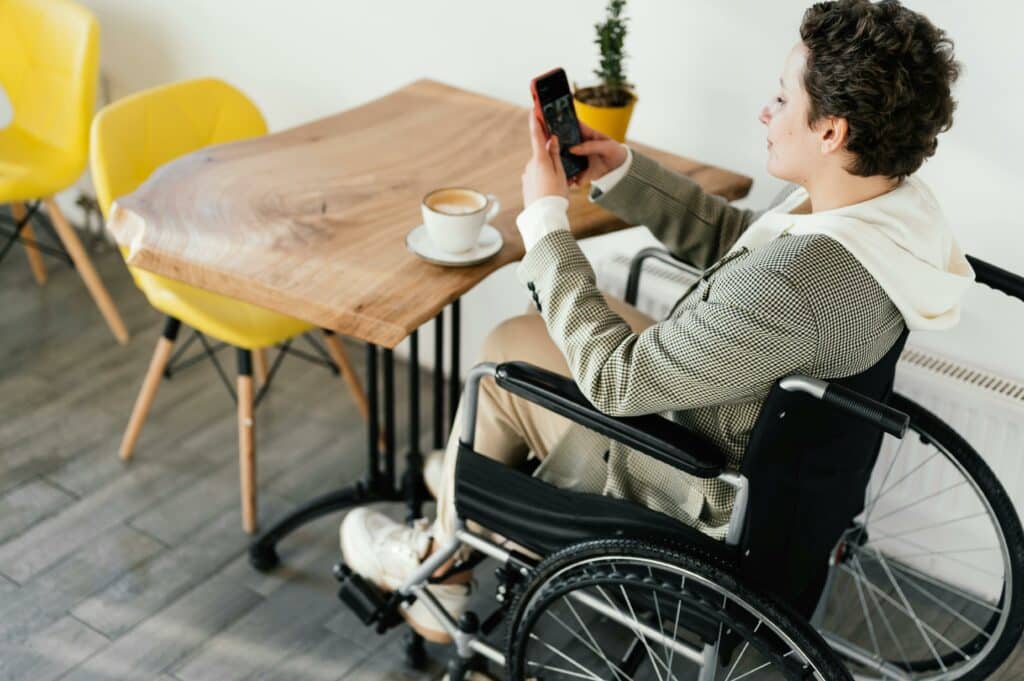
Living aids play a crucial role in enabling individuals with mobility issues to live independently. From walker or rollator options that enhance stability for walking, to lift chairs that assist in moving from a seated to standing position, the right mobility aid can transform daily activities. The key is to “filter by” specific needs to find the most suitable aids, such as seat walkers for those who require a resting spot while moving around or a range of crutches tailored to different mobility challenges.
Mobility Aids for Independent Living:
- Walker or Rollator: These mobility aids provide enhanced stability and confidence in movement, making them great options for individuals who need support while walking. Whether indoors or outdoors, walkers and rollators offer a sense of security and independence to users.
- Lift Chairs: Designed to assist individuals in transitioning from a seated to a standing position with ease, lift chairs are perfect for those who may have difficulty getting up from chairs independently. These chairs promote comfort and autonomy in daily activities.
- Mobility Scooters: Offering users the freedom to travel longer distances, mobility scooters are excellent for outdoor use and provide a convenient way to maintain mobility and independence. Ideal for running errands or enjoying outdoor activities, mobility scooters enhance quality of life for many individuals.
Financial Assistance for Mobility Equipment

Navigating the financial aspects of acquiring mobility aids can be overwhelming. However, various programs and services offer assistance, from government-funded schemes like the NDIS (National Disability Insurance Scheme) to private insurance coverage. It’s important to explore all available options, including organizations that provide mobility aids at reduced costs or financial assistance specifically for residents of areas like the Gold Coast.
Steps to Access Financial Assistance:
- Identify Your Needs: Begin by assessing your specific requirements for mobility aids, considering factors such as your mobility limitations, lifestyle, and daily activities. Whether you need a manual wheelchair for occasional use, a power chair for more independence, or various daily living aids to enhance your quality of life, understanding your needs is crucial.
- Explore Funding Options: Dive into researching various funding avenues available to support your acquisition of mobility aids. This can include looking into government assistance programs tailored for individuals with mobility challenges, exploring insurance coverage options that cater to durable medical equipment, and reaching out to charitable organizations that offer financial aid for mobility aids. Understanding all available funding sources can help you make informed decisions.
- Apply for Assistance: Once you’ve identified potential funding sources, proceed with submitting applications and providing necessary documentation to qualify for financial support. Completing this step diligently and ensuring all required paperwork is in order can streamline the process of securing financial assistance for your mobility aid needs.
- Consult with Healthcare Providers: Schedule consultations with healthcare professionals, such as physicians, physical therapists, or occupational therapists, to discuss your mobility requirements. Seeking their expertise can help you obtain a prescription or recommendation for the specific mobility equipment best suited to your needs. Having professional guidance not only aids in selecting the right mobility aid but also plays a role in the approval process for financial assistance.
- Research Local Organizations: Extend your search to local community organizations and charities that provide assistance to individuals in need of mobility aids. These entities may offer grants, loans, or other forms of financial aid to support your mobility needs. Exploring these local resources can present additional opportunities for acquiring the necessary mobility aids.
- Check with Veteran Affairs: If you are a veteran, consider reaching out to Veteran Affairs for potential support with obtaining mobility aids. Veteran Affairs often offers specialized programs and benefits to assist veterans in accessing essential medical equipment, including mobility aids. Exploring these veteran-specific resources can provide tailored assistance to meet your mobility needs effectively.
- Review Insurance Policies: Delve into the details of your private health insurance policies to understand the extent of coverage available for mobility aids. Some insurance plans offer partial or full coverage for durable medical equipment, including mobility aids. Reviewing your insurance policies comprehensively can help you determine the financial support available through your insurance provider for acquiring essential mobility aids.
Empowering Yourself: Resources for Mobility
Empowerment comes from having the right resources and knowledge at your disposal. Whether it’s understanding the “wide range of wheelchair options” available or how to select the “best walker or rollator” for your needs, informed decisions make a difference. Additionally, community support groups and online forums provide invaluable insights and encouragement from those who have navigated similar paths.
Valuable Resources for Mobility Challenges:
- Educational Websites: Offering comprehensive guides on choosing mobility aids.
- Support Groups: Providing a platform for sharing experiences and advice.
- Professional Consultations: Engaging with healthcare providers to tailor mobility solutions to individual needs.
Overcoming Mobility Challenges: Your Path to Confidence and Independence
Facing mobility issues is a significant challenge, but with the right knowledge, support, and resources, individuals can navigate this journey with confidence. From understanding the causes and treatment options to embracing mobility aids and accessing financial assistance, each step empowers individuals towards a more independent and fulfilling life. Remember, Worried about choosing the wrong mobility aid? Our experts are here. At Able Me, we’re committed to guiding you through each step, ensuring you and your loved ones find the perfect solution to meet your mobility.


